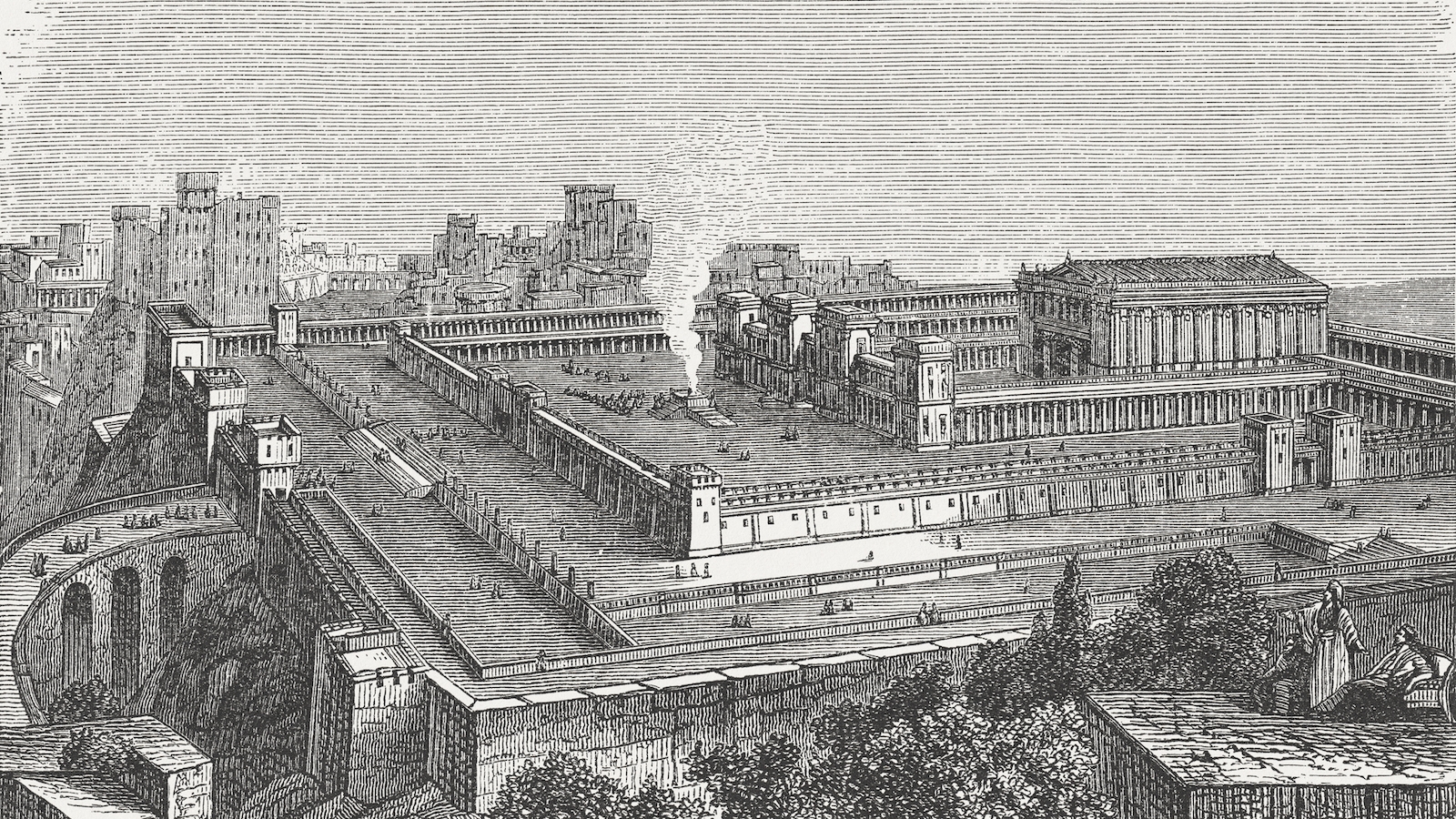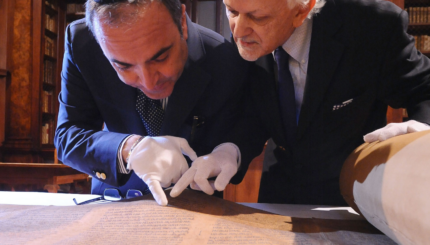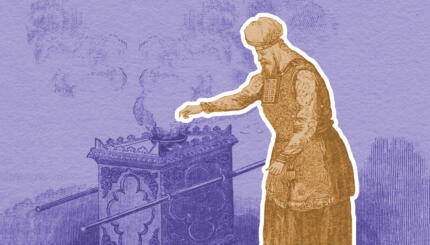Commentary on Parashat Pekudei, Exodus 38:21-40:38, 12:1-20
Parashat Pekudei marks the end of the cluster of portions pertaining to the construction of the Mishkan–the temporary Temple the Israelites used for worship in the desert. After all the pieces of the Mishkan are in place, and Moses’ work is completed, we read about God’s powerful presence taking over the space: “Moses could not enter the Tent of Meeting because the cloud had settled upon it and the Presence of the Lord filled the Tabernacle” (Exodus 40:35).
The Haftarah for Pekudei, according to the Ashkenazic custom, describes the completion of construction for the first Temple, under Solomon’s rule. Having brought in all the treasures and donations for the Temple, Solomon gathers the elders of Israel to install the Ark in the Temple.
The Ark contained the two tablets Moses had received from God, and it was shielded by two cherubim–statues of winged creatures. After the priests placed the Ark in the Holy of Holies, the Temple was complete.
Here too, God’s presence is described in physical, overwhelming terms: “A cloud filled the House of the Lord and the priests were not able to remain and perform the service because of the cloud, for the Presence of the Lord filled the House” (8:10-11).

Help us keep Jewish knowledge accessible to millions of people around the world.
Your donation to My Jewish Learning fuels endless journeys of Jewish discovery. With your help, My Jewish Learning can continue to provide nonstop opportunities for learning, connection and growth.
Solomon’s Speech
Solomon delivers a speech to consecrate the Temple. First he addresses God: “I have now built for You a stately House, a place where You may dwell forever” (8:13). Then he addresses the people of Israel and recounts the history that led up to the Temple’s construction.
His father David, Solomon says, had intended to build the Temple. But God denied David this right and told him that instead his son would build it.
Solomon declares that now God’s promise has been fulfilled: “I have succeeded my father David and have ascended the throne of Israel. I have built the House for the Lord and I have set a place there for the Ark, containing the covenant which the Lord made with our fathers when He brought them out from the land of Egypt” (8:20-21).
The Sephardic Custom
The custom is to read a selection that lists all the pieces that Hiram King of Tyre, a talented bronze worker, created for the Temple. This includes two columns with two globes, 400 pomegranates, pails, scrapers, and sprinkling bowls. This selection is also the Ashkenazic reading for Parashat Vayakhel, and more information about it can be found here.



